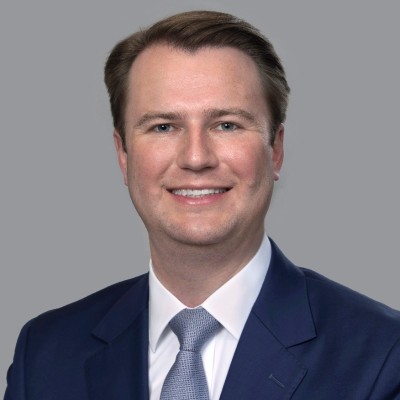Patrick Woodard, VP and Chief Digital Officer at Methodist LeBonheur Health, has a mission to transform the system’s digital health technology to integrate user-friendly and interactive platforms to expand patient engagement. Woodard shares his perspective on the transition with host Bill Russell.

Patrick Woodard, VP and Chief Digital Officer Methodist LeBonheur Health
Methodist LeBonheur is a six-hospital system based in Memphis, Tennessee. It partners with St. Jude's Hospital and has 100 clinics serving urban areas. As CDO, Woodard is tasked with transforming the health system's digital health technology and strategies by integrating user-friendly and interactive platforms and expanding patient engagement.
The timeframe of success is important to define when beginning this process, he explained. Health systems are extremely complex, which means large investments can take time to achieve.
Implementing digital health strategies that will unite industry best practices with real-time, evidence-based care requires knowing what the right platform will be for the foreseeable future. Composable layers at the application or platform layer should be created to implement innovative technologies without additional fragmentation.
Methodist LeBonheur Health wants to be innovative, connect patients to their health, and support clinicians.
"People come to work to do a good job every day, and they don't want to have to fight with the systems that they have. So it's our job to make sure that the platforms are in place so that we can take those kinds of innovative elements and really grow from there," he said.
One thing Woodard appreciates about healthcare is that everything tracks back to patients. While not everything feels like a positive patient impact, a health system's role is to impact patients by reducing anxiety and helping them feel better.
"It's what a health system is obligated to do for the patients in this community," he said.
It is important to prioritize the patient experience because they will not remember what a clinician says or does; patients remember how they were made to feel.
Woodard also emphasized noticing the employees requesting changes because they are the ones who want to enhance the way they are working.
Currently, the system is exploring digital solutions like extending the reach of a health system into homes. Exploring digital applications to extend platforms into semi-ambulatory areas to pre-alert patients and moving towards hospital-at-home care are among two specific areas Methodist LeBonheur focuses on.
The hospital desires to explore consumer relationships on a long-term basis, Woodard explained. A patient's relationship with hospitals is ideally with few encounters over a lifetime. This means hospitals must learn to promote a relationship catering to their needs.
"How are we promoting primary care, ambulatory, and outpatient relationships so that patients feel comfortable not needing to come into the health system or into the hospital," he questioned.
Care is primarily episodic, but Woodard sees it as becoming more continuous over the years. Most times, patients visit a clinic and wait for some time in between for a follow-up appointment.
Health systems can turn this into continuous care and improve patient outcomes. This is key for the necessary evolution of health systems and healthcare delivery, according to Woodard.
Woodard writes articles on rural health care access, stemming from his experience working with rural residents of Nevada.
Thanks to the pandemic, he believes those living in rural America now have greater access to care due to telemedicine. Other technological advancements like rural broadband access also benefit these communities.
There is still a long way to go for augmenting care in rural and frontier environments. People living in these locations need access to care, enabling healthy lives without spending a day traveling to receive care.
According to Woodard, the biggest challenge for health IT professionals is the abundance of good concepts. With many technologies to choose from, systems have to decide if a proprietary platform is the best option. These platforms offer cool technologies and applications but increase the number of supported applications which may not integrate with clinical record systems.
The interoperability layer is a challenge for health systems. Many systems have goals to reduce the number and cost of supported applications and improve the value of investments.
"I think we can create a level of interoperability that will ultimately benefit everybody," he said.